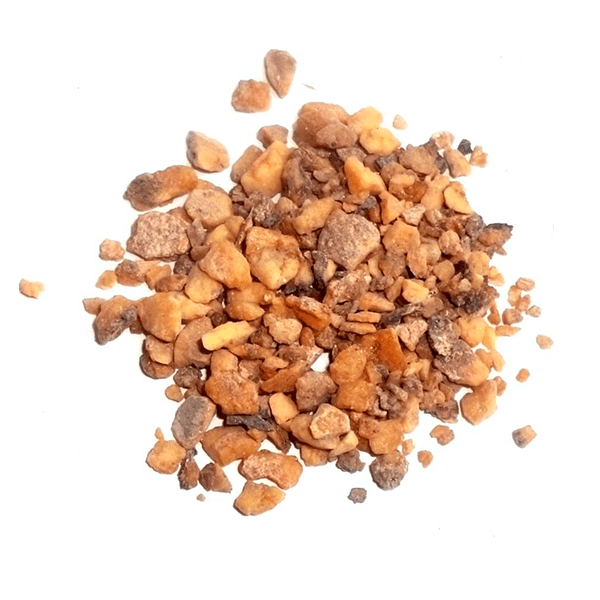Copal Manila
8,00€
Manila copal is a resin obtained from a species of tree called Hymenaea courbaril, native to Central and South America.
Manila copal has a sweet, balsamic and woody aroma. It is often used in purification and spiritual cleansing ceremonies, considered one of the most sacred and valuable resins in the native culture of Central and South America.
Instructions for use: Light a charcoal and pour a little resin on the coals. The resin will melt releasing its fragrance into the air for several minutes.
Size: 50g


